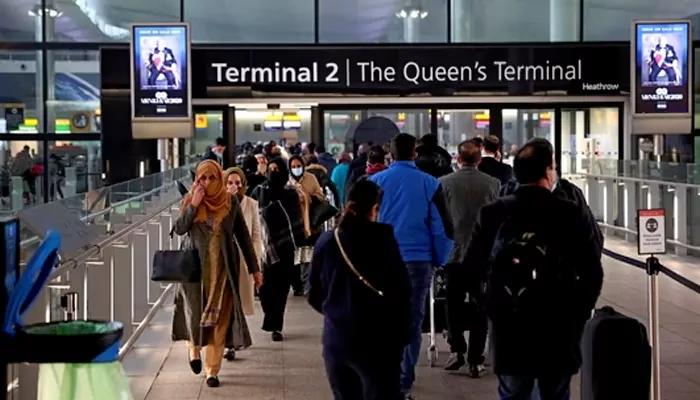
Exploring the horizon, connecting communities
Regional airlines are an important part of Indian aviation because they link smaller towns, cities, and remote areas that aren't served by major airlines. But they also have to deal with a lot of problems that are specific to their business and the way the market works.
Equipment Problems: One of the biggest problems for Indian regional airlines is that many regional airports don't have the right equipment. Short runways, bad terminal facilities, and not enough ground handling services make it hard for planes to run smoothly, which causes delays and waste.
Regulatory Obstacles: Regional airlines face big problems because of complicated regulations, such as strict licensing requirements and lengthy bureaucratic processes.
Operational Costs: Regional airlines often have trouble with high operational costs, even though they serve smaller areas. Costs like fuel, maintenance, and other costs that come with leasing or owning an aeroplane can make it hard for them to make ends meet, especially when fuel prices are changing and the economy is unsure.
Landscape of Competition: Indian regional airlines have to deal with tough competition from other regional airlines, low-cost carriers (LCCs), and major airlines that are moving into regional routes. There are a lot of companies competing for market share, which makes prices more tight and forces smaller airlines to set themselves apart through better service and more efficient operations.
Fragmentation of the Market: The Indian aviation market is fragmented, with many small bases spread out all over the country. This gives regional airlines a chance to serve areas that aren't well served, but it also makes route planning, network optimisation, and fleet management harder.
Rise in Regional Connectivity: The government is working to improve regional connectivity through programmes like UDAN (Ude Desh ka Aam Nagrik). This gives regional airlines a huge chance to grow their businesses and reach areas they haven't been able to reach before. Under UDAN, airlines are encouraged to fly on regional routes by giving them subsidies, viability gap funds, and route exclusivity.
Rising Demand: India's growing middle class and rising disposable incomes have caused more people to want to fly, even in tier-2 and tier-3 towns. Regional airlines can take advantage of this trend by giving people in underserved areas easy and cheap ways to travel by air, which will lead to even more demand growth.
Modernising the fleet: Buying new, fuel-efficient planes that are designed for regional flights gives airlines a chance to lower their costs, make their services more reliable, and make passengers more comfortable. Adding regional jets and turboprops with cutting-edge technology can help carriers make the most of their space and provide competitive services.
Alliances and partnerships: Regional airlines can get access to a bigger network, better connections, and shared resources by working with bigger airlines, sharing codes, and forming interline relationships. Through these kinds of partnerships, regional airlines can use the skills of their partners to reach more people without having to spend a lot of money on new equipment.
Focus on the Customer Experience: Regional airlines can build customer loyalty and get people to fly with them again by providing excellent customer service, being on time, and personalising encounters. The general passenger experience can be improved by spending money on staff training, new services, and digital tools for booking and communicating with customers.
Indian regional airlines face a number of challenges in their drive for growth and profit, but they also have a lot of chances to do well in an ever-changing aviation industry. Regional airlines can help connect India's different regions and boost economic growth by overcoming infrastructure problems, navigating complicated regulations, improving operational efficiency, and taking advantage of market possibilities.